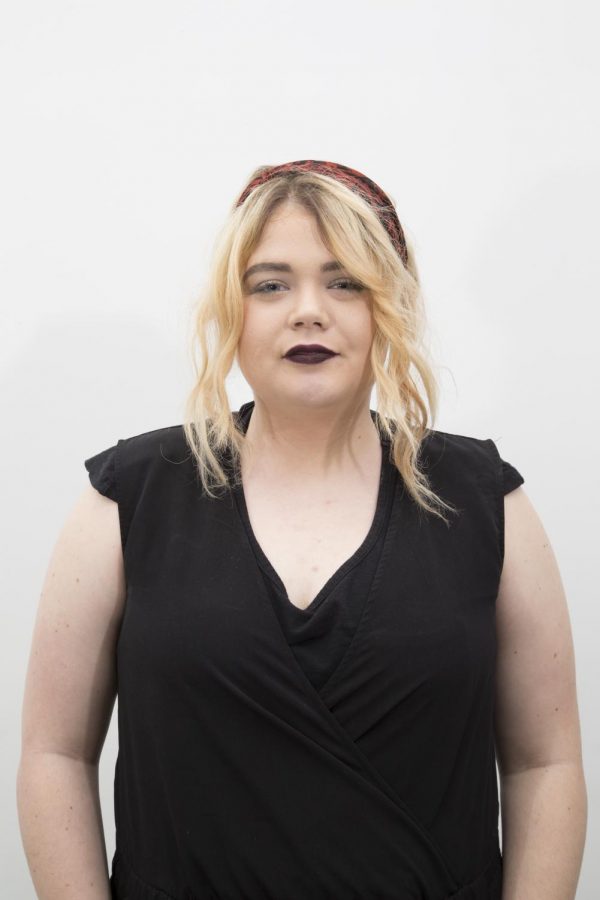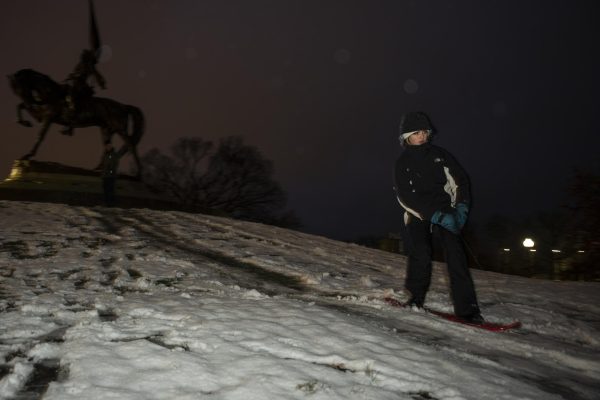Fashion industry continues to steal, degrade cultures
September 26, 2016
Notable fashion designer Marc Jacobs premiered his Spring/Summer 2017 collection at New York Fashion Week Sept. 15. It was a rave-themed show with hanging lights and puddles of water the models had to strategically avoid in platform boots, according to a Sept. 15 ELLE article.
During the show, everything was seemingly normal, until the first model made her debut with faux-wool dreadlocks pinned to her head. In a flurry of pastels, Jacobs’ predominantly white, female models strutted down the runway, all with the same hairstyle.
After the fashion show, professional photos of the attire were released on popular fashion websites, which resulted in social media criticizing the dreadlocks. Twitter users were quick to point out the cultural appropriation.
The hypocrisy of Jacobs’ models wearing dreadlocks, while people of color are shunned and barred from job opportunities for the same hairstyle was not lost on multiple angry Twitter users.
At Butler Traditional High School in Louisville, Kentucky, a strict dress code was enforced for the 2016–2017 school year that forbade natural hairstyles, such as twists, cornrows or dreadlocks that are “distracting” or “attention-getting,” according to an Aug. 3 Cosmopolitan article.
Principal Donna Hargens retracted the policy once social media users deemed it discriminatory.
It is unfortunate that, as a prominent figure in the fashion industry, Jacobs did not realize white women wearing dreadlocks as a fashion statement is cultural appropriation and not “nonsense,” as the designer said on Instagram following the backlash.
This is the moment for Jacobs to follow in the footsteps of ELLE Canada and show the real people behind the cultures the industry is desperately selling. The magazine’s “Natural Anthem” collection included six women of color and presented them naturally.
Jacobs received little criticism from the industry other than Harper’s Bazaar’s first-person account of seeing the dreads before the models reached the runway. The article details shock and dismay at witnessing the carefully dyed yarn strategically placed on the models’ heads. Prominent publications like Vogue remained eerily silent on the matter.
It is no surprise the industry has stayed mum so far. Earlier this year, Urban Outfitters won four of the six copyright cases the Navajo Nation brought against it for its distribution and marketing of “Navajo” clothing, jewelry and accessories without permission, as reported May 20 by Hyperallergic.com. While the Navajo Nation is left with emotional and financial repercussions of the case, Urban Outfitters continues to be a $3.45 billion company, according to the most recent stock sales on MarketWatch.com.
The worst part of this controversy is the lack of meaningful apology from Jacobs. Shortly after the controversy gained momentum, Jacobs released a second Instagram post Sept. 19 apologizing for “the lack of sensitivity unintentionally expressed by [his] brevity” but remained firm that the response was an attack on his artistic freedom.
It’s understandable that Jacobs felt attacked after having just released a collection he spent a great deal of time on, but the fashion industry needs to start taking steps to acknowledge its ignorance when it comes to cultural appropriation.







